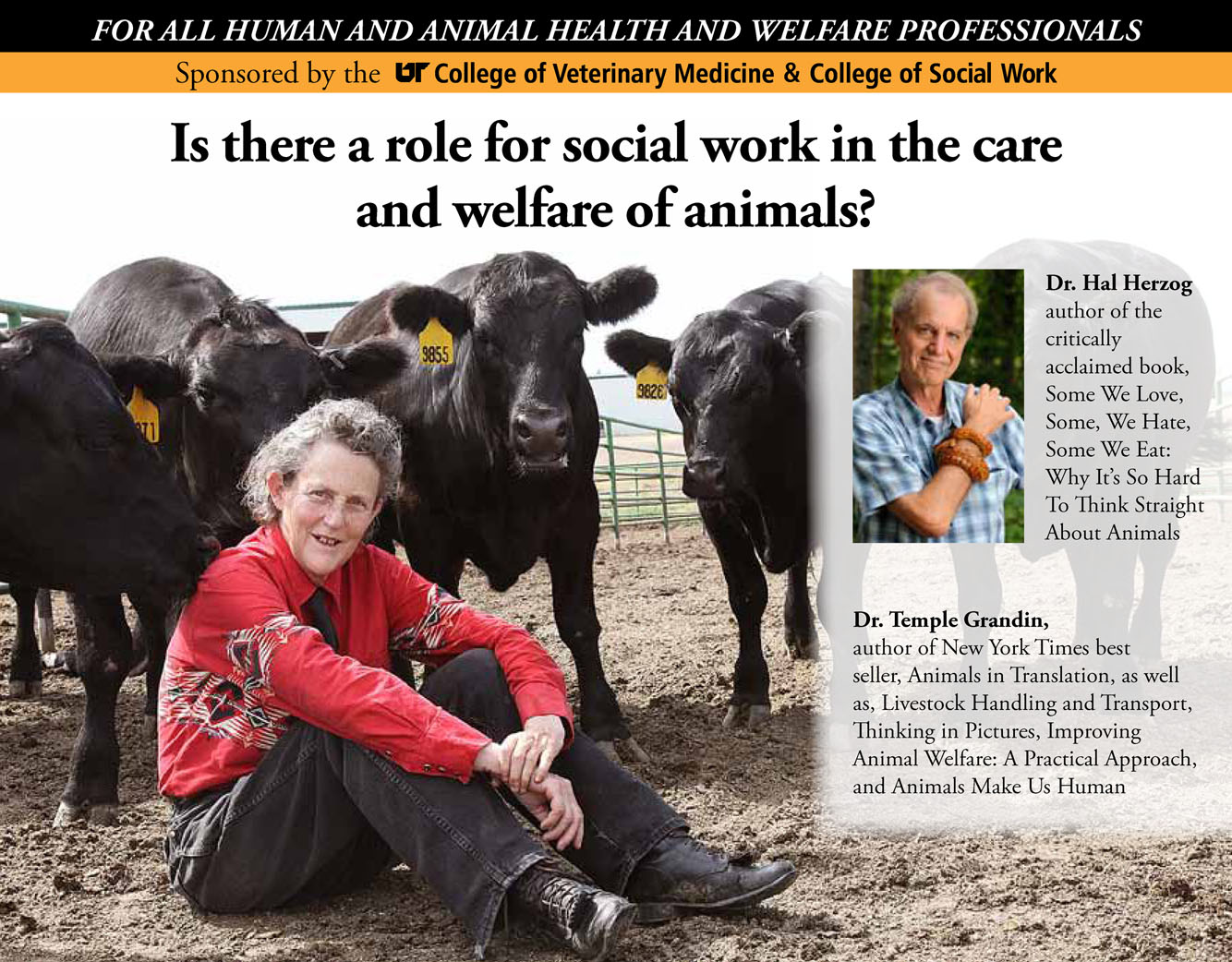Safe Haven Conundrum: The Use of Special Bailments to Keep Pets Out of Violent Households
Abstract
Family violence is a continuing social problem that seems to breed new complexity at every turn. Just as we seem to get a modicum of control over the sheltering of at-risk mothers and children, we find that family pets—dependent creatures endangered by the same violent behavior that threatens their human caretakers—often are left unprotected (or under-protected) by both law and society. In most cases, companion animals are unable to be sheltered with human victims of domestic violence due to shelter restrictions, which means (among other things) that human victims face difficult choices (potentially involving both human and nonhuman animal dependents) in leaving and returning to their violent households.
Animal safe haven programs have stepped up to serve some of this unmet need. These programs agree to take in the cats, dogs, and (in some cases) other companion animals of domestic violence victims (typically, but not always, women) who decide to seek refuge in a shelter. This solution is not without problems, however. Pets are separated from their owners at the very time they may need each other most. Moreover, safe havens typically only offer temporary care to animals, and the time limits on these arrangements may not mesh well with the transitioning of women and other victims to new, independent housing situations after their shelter stays are over. Finally, a victim may decide to return to the abusive household and take the animal with her, subjecting the animal, as well as herself, to renewed abuse.
This paper ultimately addresses the last of these three identified weaknesses of safe haven programs and suggests a solution rooted in traditional notions of property and contract law and consistent with related public policy. In the process of doing so, however, the article panoramically describes the overall societal and legal context in which the issue arises. This background is important to many social and legal issues involving nonhuman animals, not just the protection of animals threatened by violent households.
Track
The link between human and animal violence
Preferred Presentation Format
Podium: 30-minute podium presentation
Location
MEDALLION ROOM
Start Date
13-4-2013 9:00 AM
End Date
13-4-2013 9:30 AM
Safe Haven Conundrum: The Use of Special Bailments to Keep Pets Out of Violent Households
MEDALLION ROOM
Family violence is a continuing social problem that seems to breed new complexity at every turn. Just as we seem to get a modicum of control over the sheltering of at-risk mothers and children, we find that family pets—dependent creatures endangered by the same violent behavior that threatens their human caretakers—often are left unprotected (or under-protected) by both law and society. In most cases, companion animals are unable to be sheltered with human victims of domestic violence due to shelter restrictions, which means (among other things) that human victims face difficult choices (potentially involving both human and nonhuman animal dependents) in leaving and returning to their violent households.
Animal safe haven programs have stepped up to serve some of this unmet need. These programs agree to take in the cats, dogs, and (in some cases) other companion animals of domestic violence victims (typically, but not always, women) who decide to seek refuge in a shelter. This solution is not without problems, however. Pets are separated from their owners at the very time they may need each other most. Moreover, safe havens typically only offer temporary care to animals, and the time limits on these arrangements may not mesh well with the transitioning of women and other victims to new, independent housing situations after their shelter stays are over. Finally, a victim may decide to return to the abusive household and take the animal with her, subjecting the animal, as well as herself, to renewed abuse.
This paper ultimately addresses the last of these three identified weaknesses of safe haven programs and suggests a solution rooted in traditional notions of property and contract law and consistent with related public policy. In the process of doing so, however, the article panoramically describes the overall societal and legal context in which the issue arises. This background is important to many social and legal issues involving nonhuman animals, not just the protection of animals threatened by violent households.


Speaker Bio
Joan Heminway is the W.P. Toms Distinguished Professor of Law at The University of Tennessee College of Law (UT). Joan has taught animal law courses at UT and at Vanderbilt University Law School. She is faculty advisor to the UT Pro Bono Animal Law Project and UT’s student chapter of the Animal Legal Defense Fund. She has lectured on teaching animal law courses and co-signed a brief as amicus curiae in U.S. v. Stephens, involving the application of the First Amendment to depictions of animal cruelty. She received her AB from Brown University (International Relations/History) and her JD from New York University School of Law.
Patricia Graves earned both her BA (History) and JD degrees from The University of Tennessee. Patricia’s work at the College of Law included environmental law projects on alternative energy and mountaintop removal coal mining and animal law projects at the intersection of domestic violence and animal abuse. She also served as an extern at the Southern Environmental Law Center (Asheville, NC) and at Tennessee Supreme Court and worked as a volunteer at Legal Aid Society of Middle Tennessee and the Cumberlands. She has been practicing law at Peterson Stinson & White since November 2011.